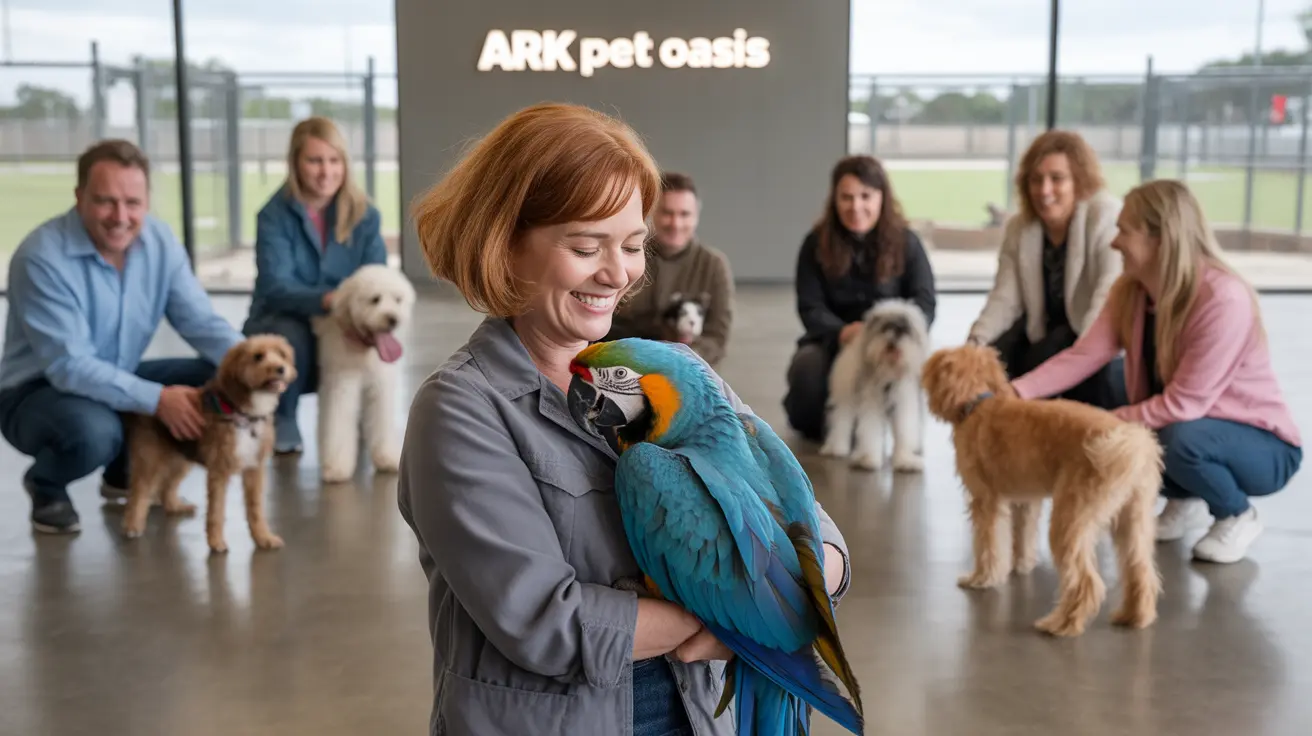How to Safely Remove Grapes from a Dog’s System
Grapes and their dried forms—raisins, sultanas, and currants—pose a serious health risk to dogs. Ingesting even a small amount can lead to acute kidney failure, which may be fatal. The reason for this toxicity isn't fully understood, making any exposure a medical emergency. This article explains how to get grapes out of a dog’s system safely and what steps pet owners must follow to ensure the best outcome.
Why Grapes Are Toxic to Dogs
Although the precise toxin remains unidentified, studies suggest that some combination of tartaric acid, mycotoxins, or salicylate compounds may be responsible. Variability in individual sensitivity also plays a role, and some dogs show severe symptoms even with minimal intake.
Signs of Grape Toxicity
Initial symptoms can manifest within 6 to 24 hours of ingestion. Warning signs include:
- Vomiting
- Diarrhea (often with undigested grape pieces)
- Lethargy
- Abdominal pain
- Loss of appetite
- Dehydration
- Increased thirst and urination
- Ammonia-like breath odor
Progressive toxicity may lead to acute renal failure within 24–72 hours. Symptoms at this stage include reduced or no urine output, seizures, tremors, coma, and potentially death.
What to Do Immediately After Ingestion
If you suspect your dog has eaten grapes or any grape-containing food:
- Contact your veterinarian or an emergency animal clinic immediately. Time is critical.
- Do not induce vomiting without veterinary supervision. Improper attempts may delay care or harm the dog.
- Record the time and estimated quantity ingested. This information helps determine treatment urgency.
Veterinary Procedures for Decontamination
Once at the clinic, your veterinarian will likely take the following steps:
- Induce vomiting if ingestion occurred within 2–6 hours.
- Administer activated charcoal to bind remaining toxins in the stomach and intestines.
These decontamination procedures aim to minimize absorption before toxicity takes hold. The earlier they're administered, the better the prognosis.
Supportive Treatments
After initial decontamination, your dog will likely undergo:
- Intravenous fluid therapy for 24–48 hours to support kidney function and promote toxin elimination.
- Urine output monitoring to assess real-time kidney performance.
- Blood tests to track kidney markers (creatinine, BUN, phosphorus).
- Medications to manage blood pressure, nausea, and vomiting.
- Diuretics if urine production ceases.
- Dialysis (hemodialysis or peritoneal dialysis) in severe or non-responsive cases.
Prognosis
Outcome depends on several factors:
- How quickly treatment begins
- Amount of grapes ingested
- Presence or absence of kidney failure
- Dog’s responsiveness to treatment
Failure to produce urine (anuria) significantly worsens the prognosis. Even survivors may develop chronic kidney disease.
Why You Shouldn’t Treat at Home
Home remedies are not recommended. Inducing vomiting without veterinary oversight can waste valuable time and cause further complications. Delays may allow grape toxins to cause irreversible kidney damage.
Diagnosis
Veterinarians diagnose grape toxicity based on exposure history and clinical signs. The presence of grape fragments in vomit or stools is a strong indicator. Lab tests further confirm if kidney damage has occurred.
Prevention Tips
To avoid future incidents of grape poisoning:
- Keep grapes and raisins out of reach on counters, tables, and bags.
- Educate family and guests about the risk.
- Inspect food labels for hidden grape-related ingredients.
- Avoid feeding homemade or commercial baked goods containing dried fruits.
Foods commonly containing grapes and raisins include:
- Trail mixes
- Cereal bars
- Cookies
- Cakes and muffins
- Granola
Other Toxic Foods to Avoid
Grapes aren’t the only culprits. Dogs should never eat:
- Onions and garlic
- Chocolate and cocoa
- Avocados
- Macadamia nuts
- Xylitol (a sweetener)
- Alcohol
- Nutmeg
Conclusion
Grape ingestion in dogs is a life-threatening emergency. Because susceptibility varies and the toxin remains unknown, every exposure should be considered dangerous. Do not attempt home treatment. Fast veterinary intervention is crucial and may save your pet’s life.





